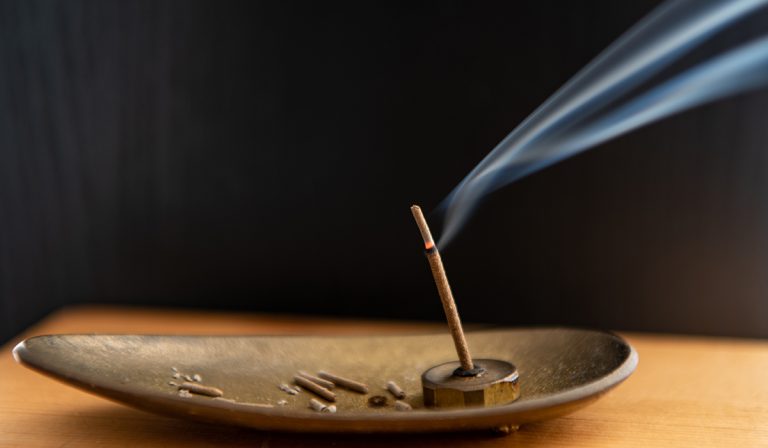
- Published: July 16, 2025 1:53 PM (JST)
Why Japanese Incense Sticks Have Captivated the World (and How to Choose Yours)
JapanGoodsHub is your trusted gateway to authentic Japanese products, including kitchenware, otaku collectibles, and traditional crafts.
We carefully select and recommend products with your convenience and interests in mind.
Product Guide Categories
Keyword Search
Introduction
Picture yourself on a quiet afternoon, steam rising from your teacup as delicate wisps of smoke curl through the room. The gentle fragrance isn’t overbearing; it simply breathes life into your space. This is the subtle art of Japanese incense. More than just aromatic sticks, these slender fragments of tradition have found eager admirers across the globe — each drawn by their quiet grace and layered simplicity.
What People Are Saying
Spend just a few moments exploring reviews or forums, and you’ll find a patchwork of small stories. Someone might gush over Shoyeido’s Moss Garden, describing it as “the only scent I now use,” after upgrading from a tiny 35-stick box to a generous 250-stick one. Another will remark on the curious purity of Japanese incense — often single-note experiences like kyara or sandalwood that feel almost meditative.
Of course, there’s the flip side. More than a few whisper about the price, wondering aloud if Japan’s premium incense obsession has nudged some products into overpriced territory. And while many praise how Japanese incense burns cleanly — thanks to its lack of bamboo core — others note that these subtle scents may underwhelm noses accustomed to smoky, heavy Indian blends.
Common Questions Answered
Why is Japanese incense so expensive? It often comes down to rare ingredients like kyara (aloeswood resin) and meticulous craftsmanship. Compared to mass-produced blends on bamboo sticks, these are tiny works of art — but that means you’ll pay more.
Does it create a lot of smoke? Actually, Japanese incense is prized for its minimal, gentle smoke. Perfect if you’re sensitive or want the aroma without turning your room into a fog.
Is there a difference between stickless (koh) and stick incense? Yes. Koh is pure incense paste without a bamboo core. It burns cleaner and often has a purer aroma. Japanese sticks themselves are usually made this way, unlike Indian varieties.
How long does it burn? Expect around 25 to 30 minutes per stick if burned upright in a holder — or a bit shorter if using a “coffin style” burner that collects ash.
Where to Buy & Typical Prices
Amazon.com
For sheer convenience, nothing beats Amazon. You’ll find everything from Nippon Kodo’s entry-level lines to Shoyeido’s more refined blends. Prices can start under $10 and stretch well past $50 depending on the quantity and ingredients.
eBay
If you’re hunting for rare or discontinued varieties, or even second-hand lots from Japan, eBay can be a quiet treasure trove. Just be prepared for fluctuating prices and shipping times.
ZenMarket
ZenMarket lets you order directly from Japanese online stores, which opens the door to unique local brands and temple-exclusive incense you won’t spot elsewhere. Prices vary widely once shipping and fees are included.
Want a step-by-step guide? Read our detailed article on how to use ZenMarket here.
Buyee
Similar to ZenMarket, Buyee acts as your buying proxy to navigate Japan’s diverse marketplaces. It’s a handy way to snag incense directly from smaller shops.
Need more help? Check out our complete guide on buying through Buyee here.
How to Choose the Right One for You
Think about how you’ll use it. If you love long tea sessions, a slower-burning, longer stick might be your friend. For smaller spaces, opt for lighter scents like sandalwood or cherry blossom. Decide if you want the interior coated with fine natural ingredients (stickless) or if you’re happy with more standard varieties. And don’t forget to pick a design that pleases your eye — half the joy is in how beautifully Japanese incense is packaged.
Conclusion
If you’ve made it this far, perhaps you’re already picturing that gentle smoke swirling through your own home. I’d encourage you to try a small box from a respected maker, light a stick on a calm evening, and simply watch. There’s a quiet poetry here that words can only hint at — and it’s yours to explore.
Further Reading
written by
Hailing from Kanazawa, Hiroshi is fascinated by the quiet artistry found in everyday Japanese life. Whether it’s premium leather wallets or minimalist timepieces, he dissects each item with a designer’s eye and a storyteller’s heart.
More Articles in This Category

Best Minimalist Incense Holders from Japan: Where to Buy & What to Know
- Home & Lifestyle
- Incense & kodo
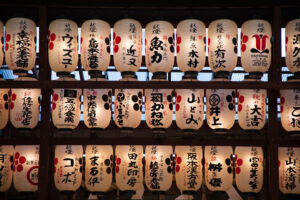
Japanese Paper Lanterns: How to Buy Authentic Styles from Japan
- Home & Lifestyle
- Japanese decor (ikebana, wall scrolls)
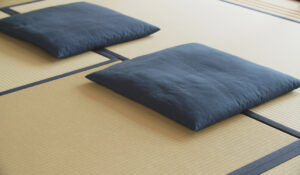
Where to Buy Authentic Tatami Cushions and Zabuton from Japan
- Home & Lifestyle
- Futon & tatami
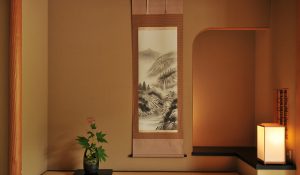
Where to Buy Japanese Hanging Wall Scroll Art: A Guide by Takeshi Nakamura
- Home & Lifestyle
- Japanese decor (ikebana, wall scrolls)
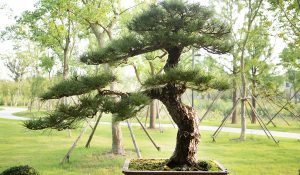
Beginner Bonsai Starter Kit: Where to Buy, Pros, Cons, and Expert Tips from Japan
- Home & Lifestyle
- Bonsai kits
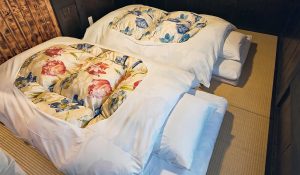
Where to Buy a Foldable Shikibuton Mattress: A Guide for Authentic Japanese Comfort
- Home & Lifestyle
- Futon & tatami